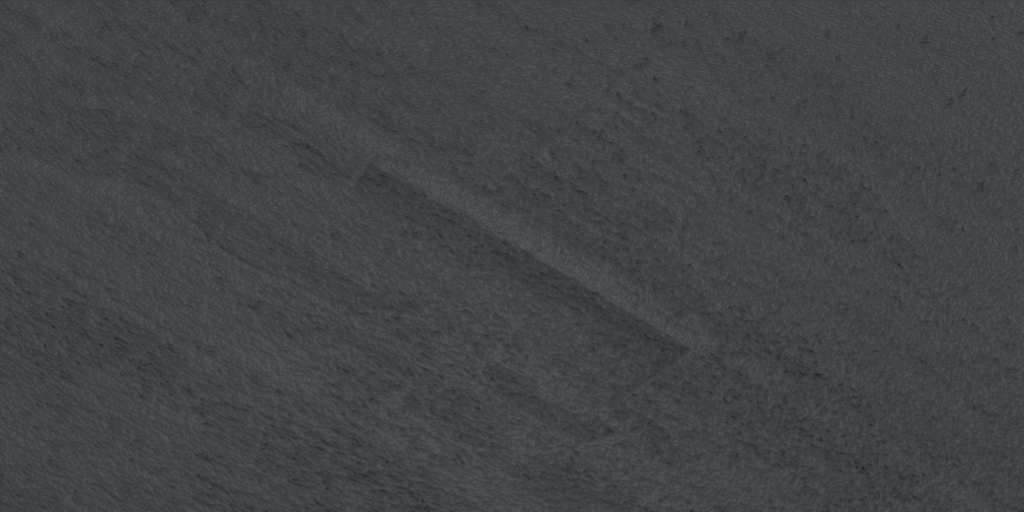Natural Soapstone Information
Soapstone is a natural material that you may or may not have heard of. It is a unique material that stands out from other natural stone in some basic ways. In this post we will delve into the details of soapstone as we touch on some of the traits it possesses. as we explore the characteristics of this intriguing material we will also touch on some practical natural soapstone information as well.
A Look at Soapstone
On the surface, soapstone may seem to be a less-than-optimal choice for many consumers. However, it does have some qualities that make it truly unique. Furthermore, those qualities help it to stand out as the perfect selection for very specific applications.
Geological Classification
Natural soapstone is a talc-schist rock that is also known by the names “steatite” and “soaprock”. It is classified as a metamorphic rock that is composed largely of talc. It has some unique properties that make it an intriguing stone; especially for use in architectural projects.
Location of Formation
Soapstone is found all over the world including the following geographic areas:
- Brazil
- China
- India
- Australia
- Canada
- England
- Austria
- France
- Italy
- Switzerland
- Germany
- United States
Soapstone’s Distinguishing Characteristics
As far as natural stone goes, this material is unique in more than one way. These unique properties make it very distinguishable. Let’s briefly talk about some of these traits:
Natural soapstone is a very soft material as far as stone goes. Since talc registers at 1 (the softest value) on the Mohs scale of mineral hardness and soapstone is composed largely of talc then it stands to reason that this rock would be among the softest. The material is also chemically inert and resists acids as well as bases. This makes it a great choice for some specific applications. In addition to the other unique properties of soapstone, the rock is heat resistant and has low electrical conductivity. Finally, soapstone is non-porous so it doesn’t absorb liquids that might stain surfaces made from the material.
The Composition of Soapstone
As mentioned above, soapstone is a talc-schist metamorphic rock. But it also contains varying amounts of other minerals. Here are some of the other substances that might be found in soapstone as noted on Lustro Italiano‘s website:
- SiO2 (Silica)
- MgO (Magnesia)
- Al2O3 (Alumina)
- CaO (Lime)
- (Zn,Fe2+,Al,Mg)6(Al,Si)4O10(O,OH)8 (Baileychlore)
- LiAl4(Si3B)O10(OH)8 (Borocookeite)
- FeMg5Al(Si3Al)O10(OH)8 (Chamosite)
- (Mg,Fe2+)5Al(Si3Al)O10(OH)8 (Clinochlore)
- LiAl4(Si3Al)O10(OH)8 (Cookeite)
- Al2[Al2.33][Si3AlO10](OH)8 (Donbassite)
- (Mn,Mg)5(Fe3+)2Si3O10(OH)8 (Gonyerite)
- (Ni,Mg,Al)6(Si,Al)4O10(OH)8 (Nimite)
- (Mn5Al)(Si3Al)O10(OH)8 (Pennantite)
- (Mg,Fe,Al)6(Al,Si)4O10(OH)8 (Ripidolite)
- Mg2(Al,Fe)3Si3AlO10(OH)8 (Sudoite)
- Ca2(Mg5.0-4.5Fe2+0.0-0.5)Si8O22(OH)2 (Tremolite)
- ☐Mg2Mg5Si8O22(OH)2 (☐ is for a vacancy, a point defect in the crystal structure) (Anthophylite)
- (Mg,Fe2+)2(Mg,Fe2+)5Si8O22(OH)2 (Cummingtonite)
So, there can be a wide range of substances in the composition of soapstone, but it will be a talc-schist stone.
Distinctive Colors of Soapstone
Soapstone does not form in a wide range of colors like many other natural stone materials. But it is found in a few basic colors. These include:
- White
- Gray
- Green
- Bluish Gray
- Brownish Gray
- Charcoal Gray
- Greenish Gray
Each of the above colors will vary since the mineral mixture will not be the same for each particular stone.
Soapstone’s Hardness
We mentioned earlier that soapstone is a soft rock. What are the effects of this stone being so soft? Well, surface made from it will be easily affected by friction from other, harder materials. The first thing that may come to your mind is, “that means it is easily scratched.” That is true, yet it also means that scratches can be removed fairly easily. Often, all that is needed to remove a scratch is some light sanding and a treatment using mineral oil. It is best used for applications that do not undergo harsh impact or rough treatment such as worktops.
Does Soapstone Need to Be Sealed?
If you have read through the article completely, you have probably already concluded that there is no need for soapstone to be sealed using an impregnating sealer like Proseal Nano for example. Since it is non-porous and doesn’t absorb liquids, the risk of staining is much lower than most other natural stones. Furthermore, since soapstone does not need to be sealed and is chemical resistant, it can be cleaned using a variety of cleaners.
Caring For Soapstone
So how do you clean and care for natural soapstone? The process is simple. Just use mild soap and a dish cloth for daily cleaning. Or you can use a stone cleaner designed for natural stone surfaces. Periodically treating the surface with mineral oil will maintain the rich, deep color of the stone. However, this is not needed to keep the stone performing well.
Uses for Natural Soapstone
By now you must be thinking that soapstone is a very different kind of unique stone. If so, you are correct, it deviates from the standard properties that are common with many types of natural stone. As a result, it is used for a number of applications. Some of them common and others not so common. Some of the uses for soapstone include:
- Boiling Stones
- Cemetery Markers
- Cooking Pots
- Cooking Slabs
- Decorative Sculptures & Carvings
- Electrical Panels
- Facades
- Fireplace Liners & Hearths
- Floor Tiles
- Kitchen Countertops
- Laboratory Surfaces
- Metal Casting Molds
- Sinks
- Wall Panels
- Wood Stoves
As you can see, the list of uses is pretty diverse. The applications you see in that list include some that are a direct result of the unique characteristics of the material.
In conclusion, natural soapstone surfaces are flexible, durable, and relatively easy to maintain if you don’t mind choosing from a limited number of color options. It is a unique material but it serves in multiple capacities very well.

